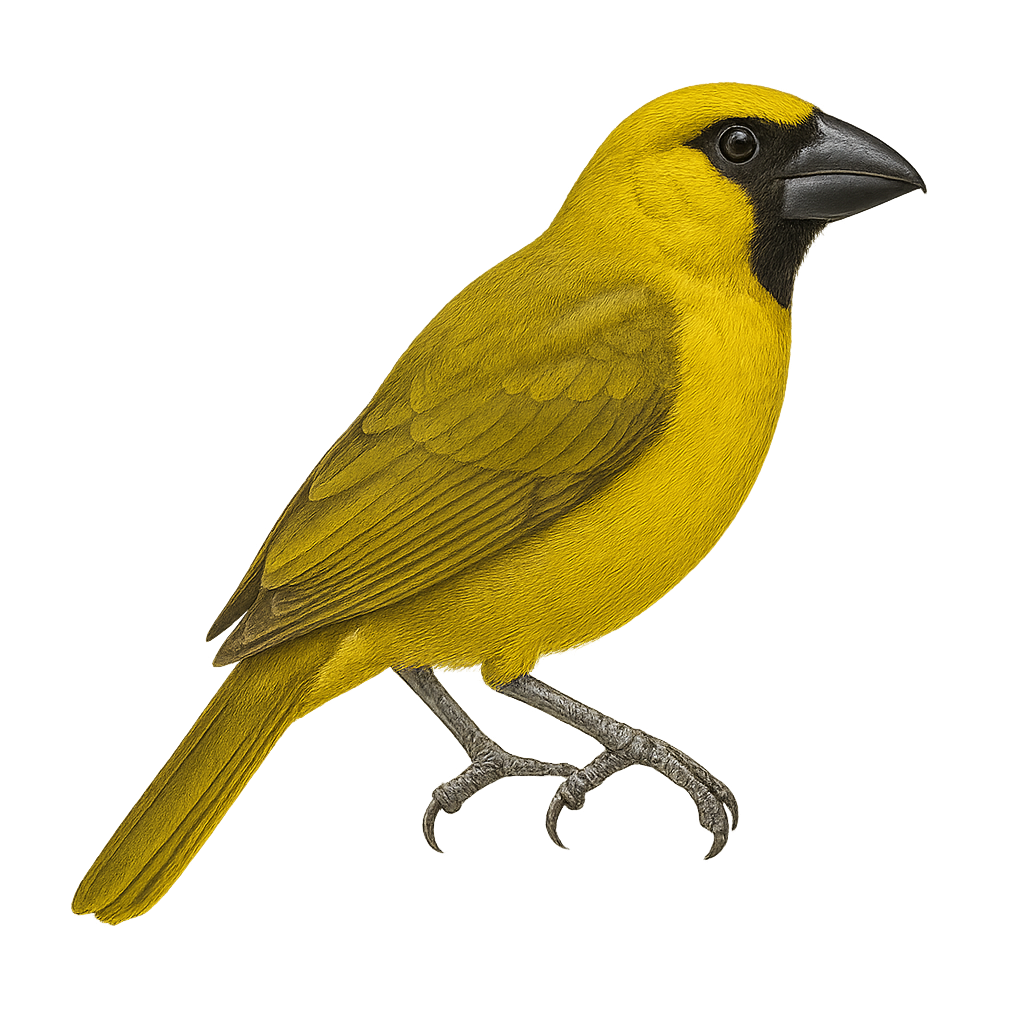Your wildlife photography guide.
Explore the yellow-green grosbeak in detail, study its behavior, prepare your shots.
Where to observe and photograph the yellow-green grosbeak in the wild
Learn where and when to spot the yellow-green grosbeak in the wild, how to identify the species based on distinctive features, and what natural environments it inhabits. The WildlifePhotographer app offers tailored photography tips that reflect the yellow-green grosbeak’s behavior, helping you capture better wildlife images. Explore the full species profile for key information including description, habitat, active periods, and approach techniques.
Yellow-green Grosbeak
Scientific name: Caryothraustes canadensis

IUCN Status: Least Concern
Family: CARDINALIDAE
Group: Birds
Sensitivity to human approach: Suspicious
Minimum approach distance: 10 m
Courtship display: March to April
Incubation: 13-15 jours
Hatchings: March to May
Habitat:
Tropical forests, humid forests, forest edges
Activity period :
Primarily active during the day, with peak activity in the morning and late afternoon.
Identification and description:
The Yellow-green Grosbeak, Caryothraustes canadensis, is a vibrant bird found primarily in the tropical rainforests of Central and South America. Its plumage is a bright green with yellowish hues on the belly, and it has a robust silver-colored beak, which gives it its name. This bird measures about 18 cm in length and feeds mainly on fruits, seeds, and insects. It is often seen in small groups, actively moving through the canopy in search of food. Although relatively common in its natural habitat, it remains discreet and can be difficult to spot due to its plumage blending into the dense foliage.
Recommended lens:
400 mm – adjust based on distance, desired framing (portrait or habitat), and approach conditions.
Photography tips:
To photograph the Yellow-green Grosbeak, it is advisable to use a telephoto lens of at least 400mm to capture detailed images without disturbing the bird. Look for it in tropical rainforests, where it often moves in small groups. Be patient and discreet, as this bird can be suspicious. Try to capture moments when it is feeding or interacting with other birds for dynamic photos. Take advantage of the natural light filtered through the canopy to achieve vibrant colors and good contrast.
The WildlifePhotographer App is coming soon!
Be the first to explore the best nature spots, track rutting seasons, log your observations, and observe more wildlife.
Already 1 432 wildlife lovers subscribed worldwide

